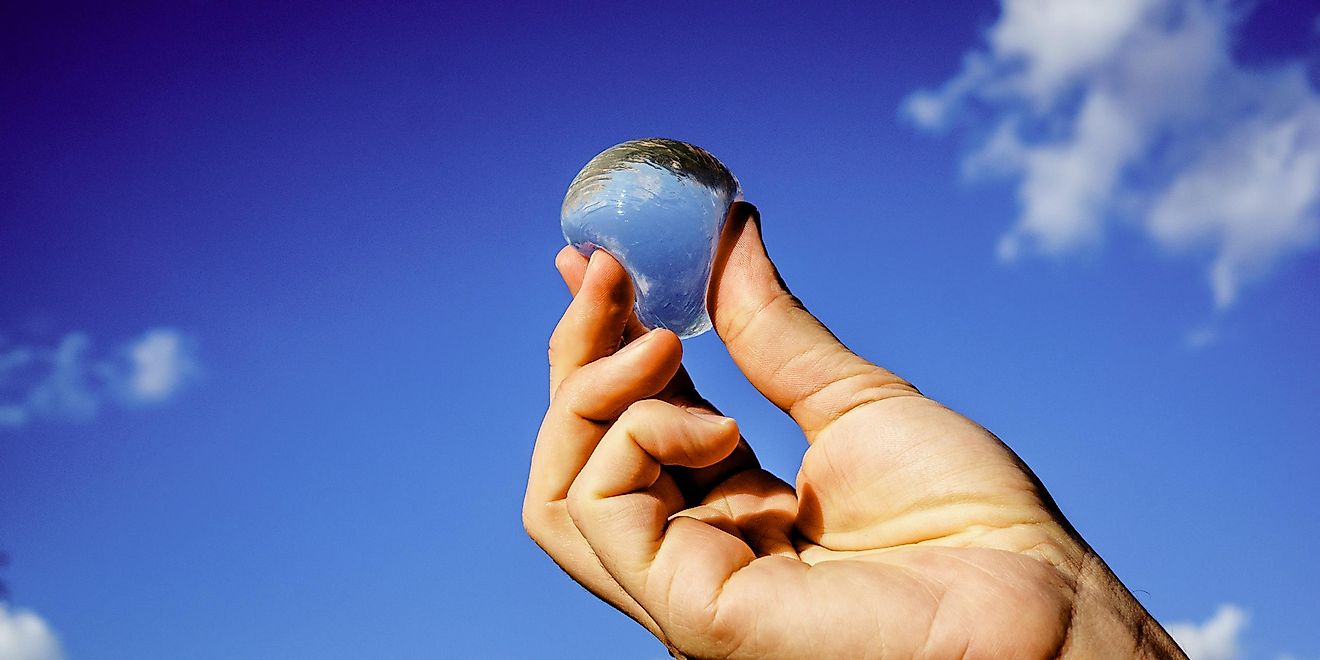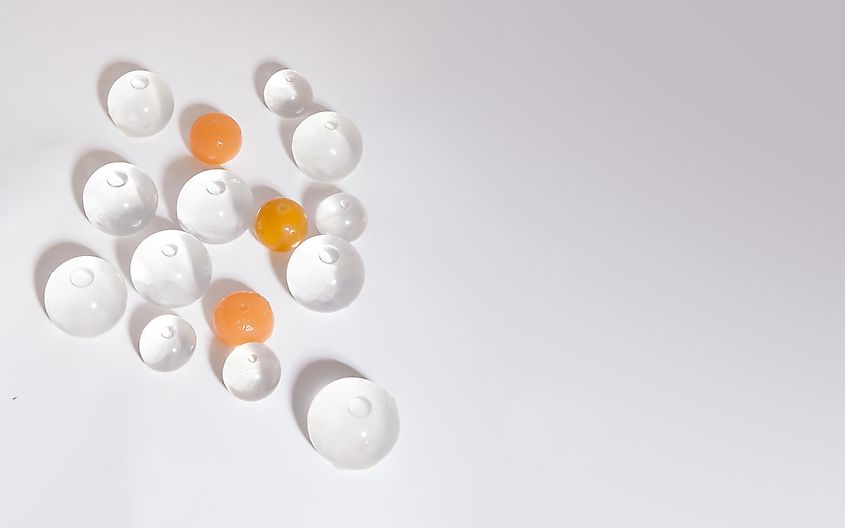Replacing Plastic Bottles One Edible Water Bubble At A Time

Approximately 1,500 plastic water bottles are consumed every second in the US, making the US the second-largest consumer of single-use plastic bottles after China. With much of the plastic we use ending up in landfills and in the oceans, our consumption of bottled water has a large impact on not only our wallets, but also in various ways on the environment, forcing the creation of more sustainable solutions.
Environmental Impact of Plastic Water Bottles
Although the commercialization of bottled water dates back to the mid 18th-century in the United States, the first plastic water bottles were only patented in the 1970s. Since then, single-use plastic water bottles have risen in popularity, with upwards of 30 billion bottles sold each year in the US and a further 20 billion bottles sold around the world. Interestingly, studies have shown that bottled water is no safer than tap water. In addition, almost half of bottled water sold is actually just bottled municipal tap water. However, the consumption of plastic bottles continues to rise.
The majority of bottled water in Europe and the US are made from Polyethylene terephthalate (PET) plastic, identified by the resin identification code number “1”. Although in theory PET plastics are 100% recyclable, reports show that only just over 30% of PET packaging was recycled in the US in 2014. A reported 4.8 to 12.7 million metric tons of plastic waste made its way into the ocean in 2010 alone. The production of PET water bottles is also environmentally costly, with studies showing that a 1-liter bottle of water utilizes 1.32 liters of water.
Replacing Plastic with Ooho
With this in mind, innovative entrepreneurs at Skipping Rocks Lab have designed the Ooho, a unique packaging material.
According to Skipping Rocks Lab, Ooho “is the most sustainable disposable alternative to plastic bottled water on the market. They are 100% made of seaweed and plants, so they biodegrade in a matter of weeks, and our material is so natural that it is actually edible! It also requires significantly less CO2 and energy to produce an Ooho than an equivalent PET plastic bottle or cup, making Ooho the most environmentally friendly disposable solution to drink on the go.”
Ooho is not only environmentally cleaner than PET plastics, producing five-times less CO₂ and using nine-times less energy, but can also be produced more cheaply. The Ooho’s double membrane provides hygienic protection for the liquid encapsulated inside and allows for adhesive-free identification labels. If not eaten, the seaweed membranes fully biodegrade within 4-6 weeks’ time, similar to that of a piece of fruit.

Ooho comes in a range of sizes, colors, and flavors. Photo credit: Katherine Fawssett.
Concerned with the environmental impact of the packaging industry, Skipping Rocks Lab’s aim is to use natural materials to provide sustainable packaging technology. They are developing not only the Ooho’s seaweed-based packaging, but also the materials and machinery to allow expansion across consumer markets. The Ooho’s gelatinous membrane can be used to hold a variety of liquids from water to soft drinks to liquid cosmetics.
Currently Ooho is available in 20ml, 55ml, and 150ml formats, and in a variety of flavors. Ooho was featured in 2017 at large UK events such as the London Marathon and Glastonbury Festival, and will be available at other UK festivals and running events throughout the summer of 2018.
Although sustainable packaging has a long way to go before taking all plastic bottles off store shelves, products like the Ooho are proving that fully biodegradable products have more to offer than we might think.
Learn more about Skipping Rocks Lab through their website, Facebook, Twitter, LinkedIn, Instagram, and Vimeo videos.
**
Kelly Bergevin is a writer and editor based in Montreal, Canada. She is an avid reader, coffee-drinker, and learner, and has recently turned her focus towards environmental issues and wildlife conservation efforts.











